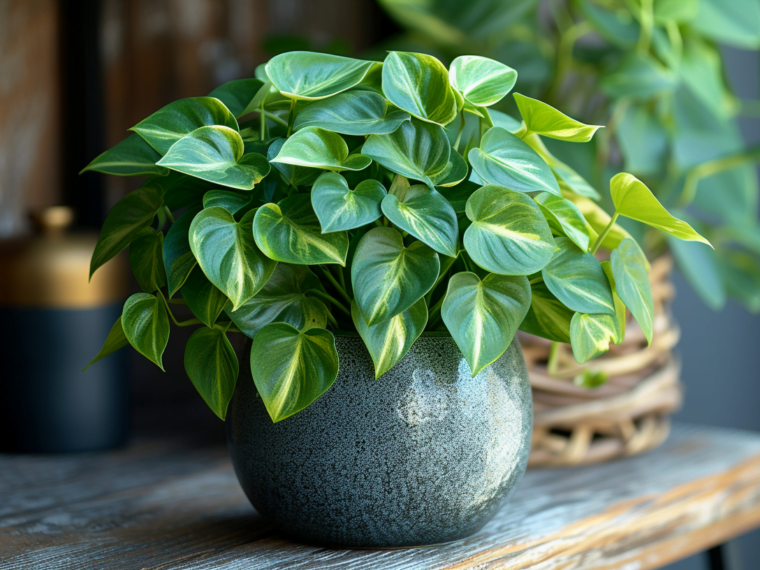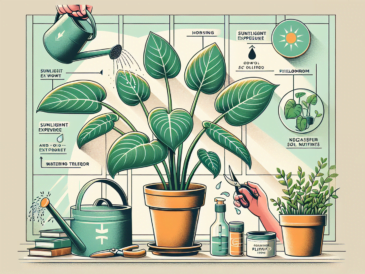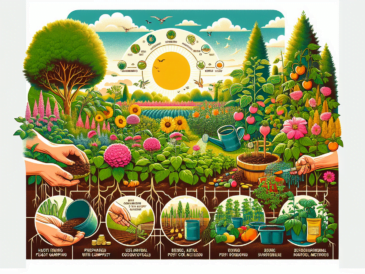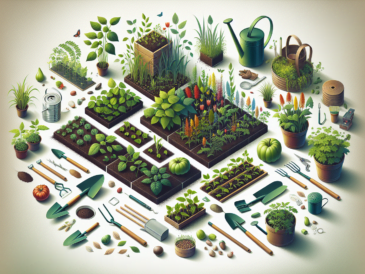Overview of Philodendron plant
Philodendrons are popular indoor plants known for their lush, tropical foliage and low-maintenance care requirements. They belong to the Araceae family and are native to the tropical regions of the Americas. With their attractive, heart-shaped leaves, Philodendrons are excellent choices for adding a touch of greenery to any indoor space.
Benefits of growing Philodendron indoors
Growing Philodendrons indoors offers numerous benefits, including improving air quality, reducing stress, and adding a decorative element to the home or office environment. These plants are also known for their ability to thrive in low-light conditions, making them suitable for various indoor settings.
Different varieties of Philodendron
There are several types of Philodendron plants, each with its unique characteristics.
Some popular varieties include the lacy tree philodendron (Philodendron bipinnatifidum) and the heartleaf philodendron (Philodendron hederaceum var. oxycardium). Understanding the different types of Philodendron can help individuals choose the right variety for their specific needs.
Choosing the Right Philodendron
Factors to consider when selecting a Philodendron
When choosing a Philodendron, it’s essential to consider factors such as the available space, light conditions, and desired growth habit. Some Philodendron varieties are climbers, while others are better suited for hanging baskets or compact spaces.
Understanding the specific needs of different Philodendron varieties
Each Philodendron variety has its unique care requirements, including light, water, and temperature preferences.
Understanding these specific needs is crucial for ensuring the plant’s health and vitality.
Creating the Ideal Growing Environment for Philodendron
Light requirements for Philodendron
Philodendrons thrive in bright, indirect light but can tolerate lower light conditions. Placing them near a window with filtered sunlight is ideal for most varieties.
Temperature and humidity considerations
Philodendrons prefer warm, humid environments and are sensitive to cold drafts. Maintaining a consistent temperature and humidity level is essential for their well-being.
Soil and potting mix recommendations
Well-draining potting soil, such as Miracle-Gro® Indoor Potting Mix, mixed with perlite or coconut coir, is suitable for Philodendrons.
Choosing the right container, such as a ceramic pot, with proper drainage is also important.
Watering and fertilizing guidelines for Philodendron
Philodendrons should be watered when the top inch of the soil feels dry. Overwatering can lead to root rot, so it’s crucial to allow the soil to dry out between waterings.
Fertilize the plants during the growing season with a balanced liquid fertilizer diluted to half the recommended rate.
Propagating and Repotting Philodendron
Methods for propagating Philodendron
Philodendrons can be propagated through stem cuttings or by separating offsets from the parent plant. Stem sections with nodes can be rooted in water or directly planted in potting soil.
When and how to repot Philodendron
Repot Philodendrons when they outgrow their current containers, typically every 2-3 years. Choose a pot that is 1-2 inches larger in diameter than the current one and use fresh potting soil to ensure the plant‘s continued growth.
Common Pests and Diseases of Philodendron
Identifying and treating common pests that affect Philodendron
Philodendrons are susceptible to pests such as fungus gnats and spider mites.
Regular inspection and appropriate treatment methods can help keep these pests at bay.
Preventative measures to keep Philodendron healthy
Practicing good hygiene, maintaining proper humidity levels, and providing adequate air circulation can help prevent common diseases and pest infestations in Philodendrons.
Troubleshooting Philodendron Issues
Addressing common problems with Philodendron growth
Issues such as yellowing leaves, stunted growth, or wilting can indicate underlying problems.
Understanding and addressing these issues promptly is crucial for maintaining healthy Philodendron plants.
Tips for maintaining healthy Philodendron plants
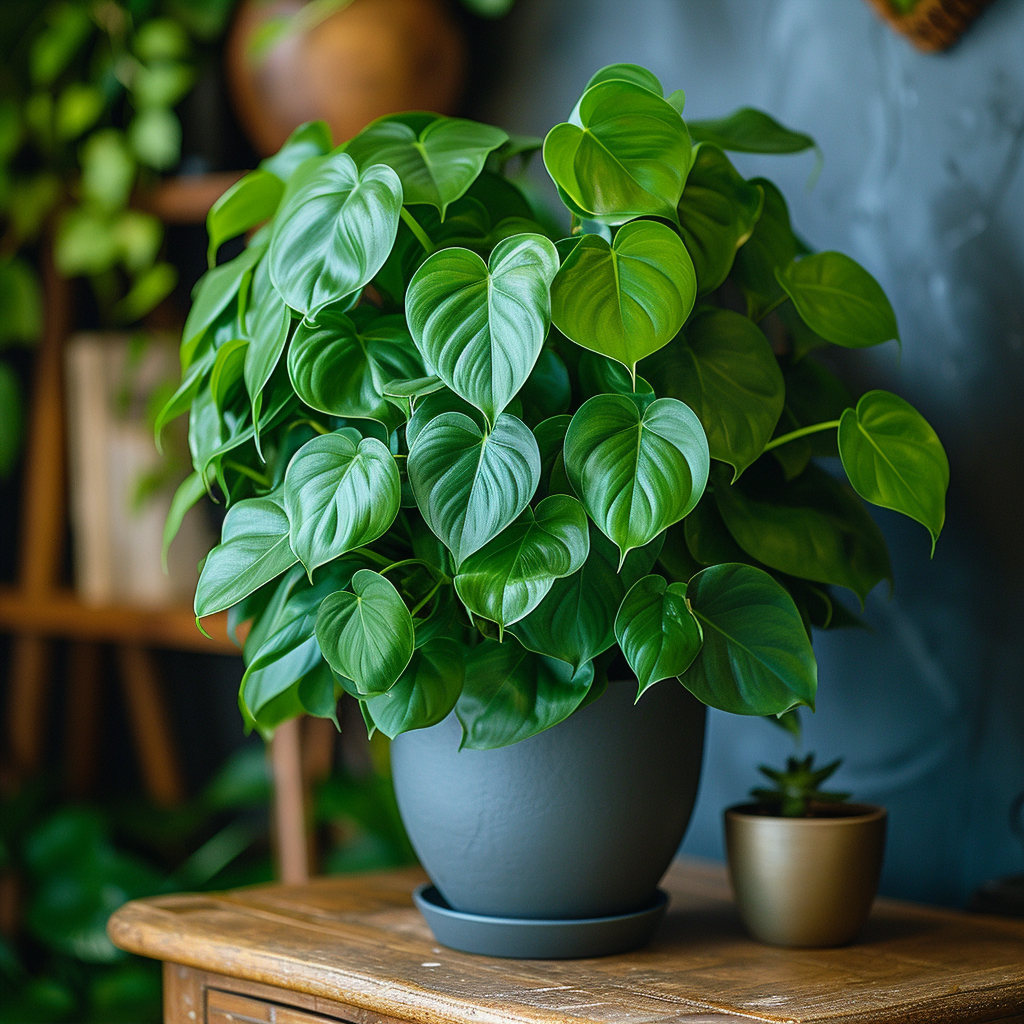
Regularly dusting the leaves, providing appropriate support for climbing varieties, and adjusting care routines based on seasonal changes can contribute to the overall well-being of Philodendron plants.
Conclusion
Final thoughts on growing and caring for Philodendron
Growing and caring for Philodendron can be a rewarding experience, offering individuals the opportunity to bring a touch of nature into their homes or offices.
By understanding the specific needs of different Philodendron varieties and providing the ideal growing conditions, anyone can enjoy the beauty and benefits of these versatile plants.
Resources for further information on Philodendron care
For more information on Philodendron care, individuals can access valuable resources provided by Iowa State University Extension and Outreach, including articles, product links, and tips from experts such as Aaron Steil, Consumer Horticulture Extension Specialist. Join the Club to receive updates, promotions, and gardening insights, and gain access to a wealth of information to help enhance the care and cultivation of Philodendrons.
